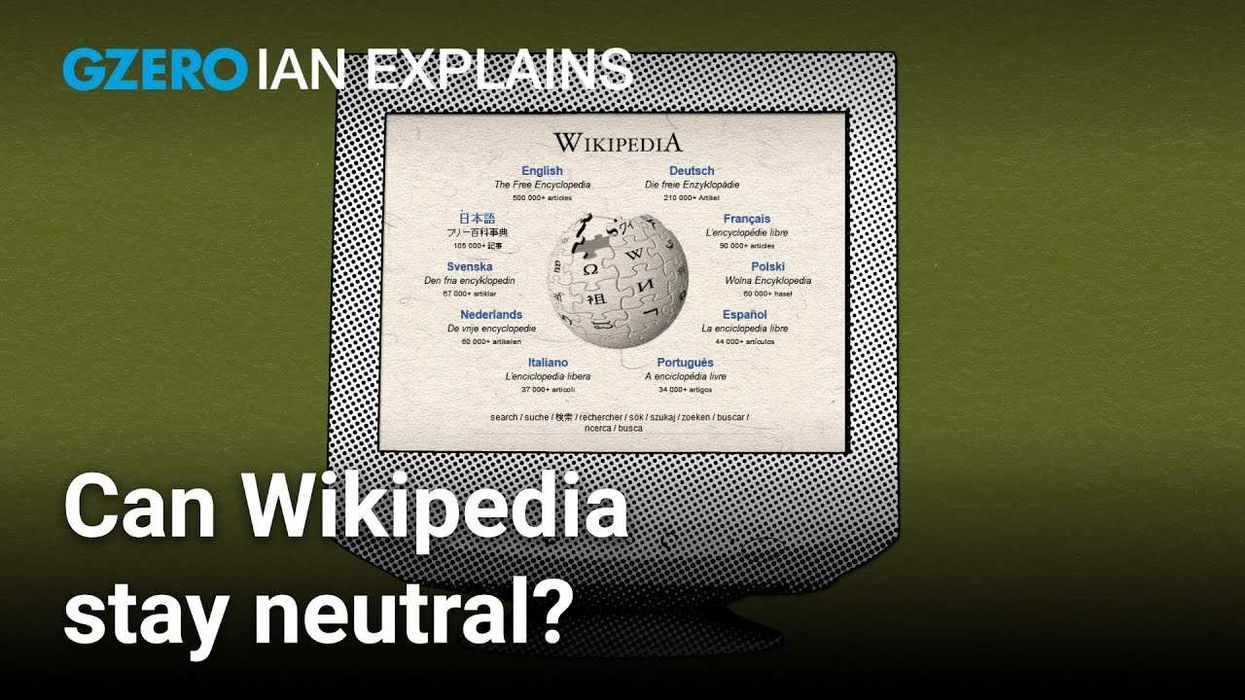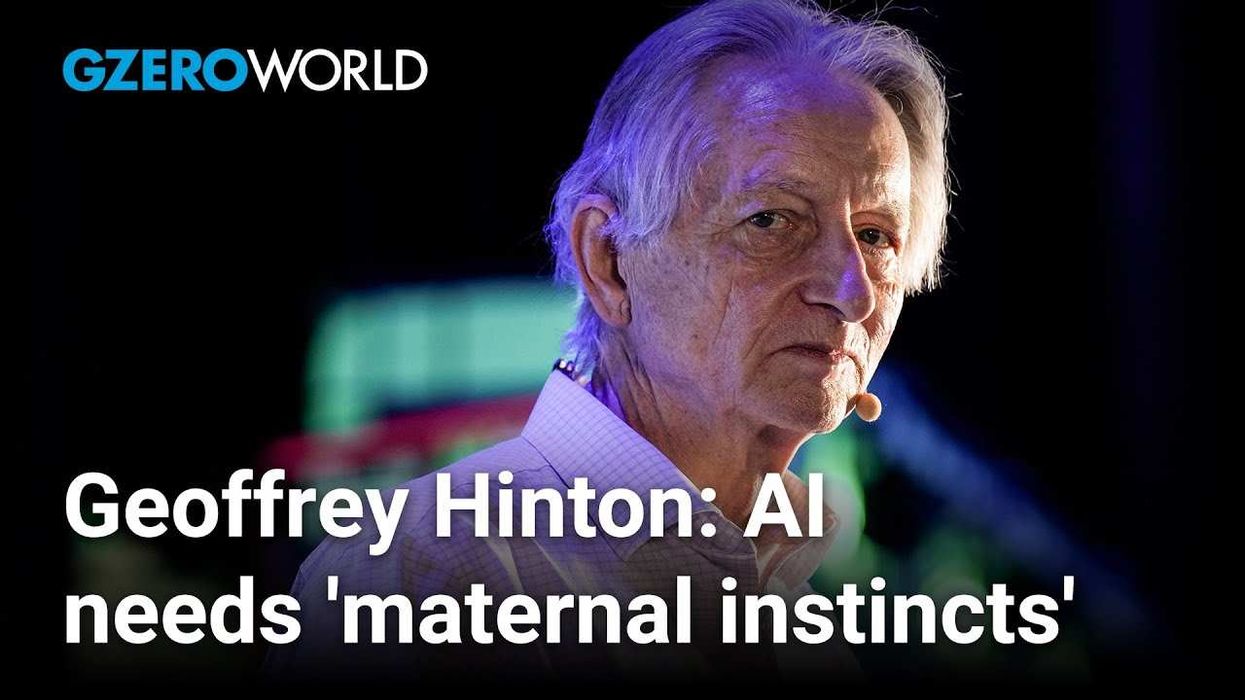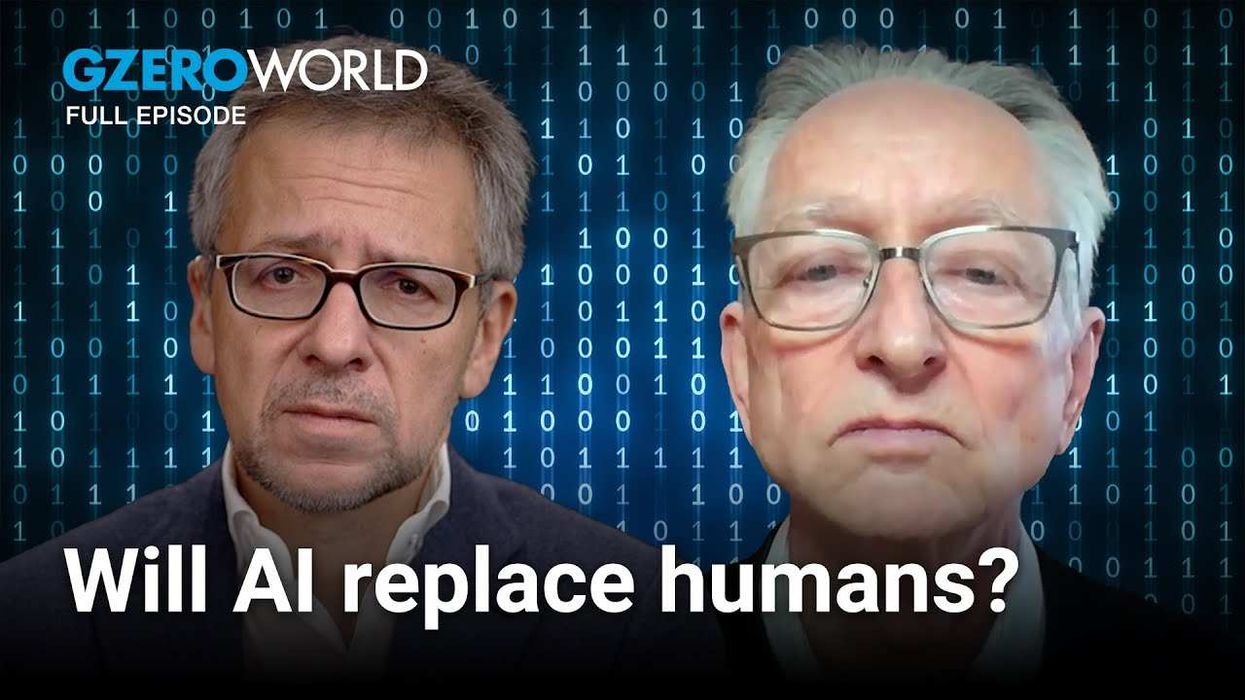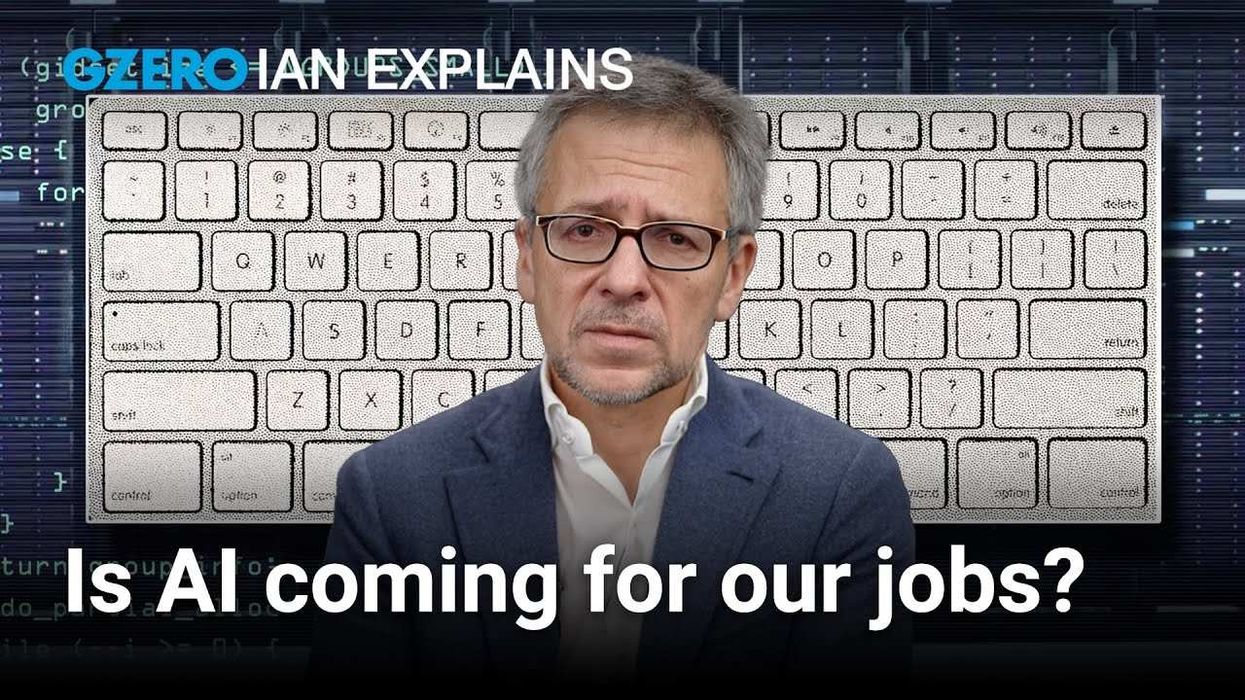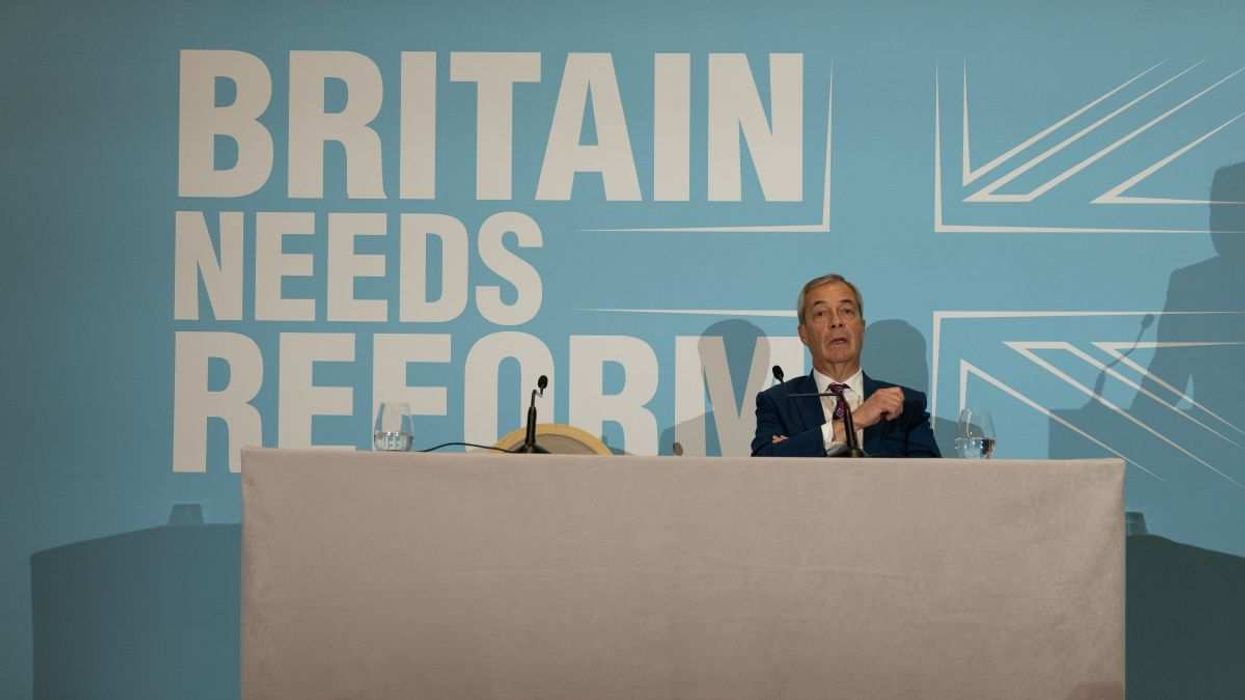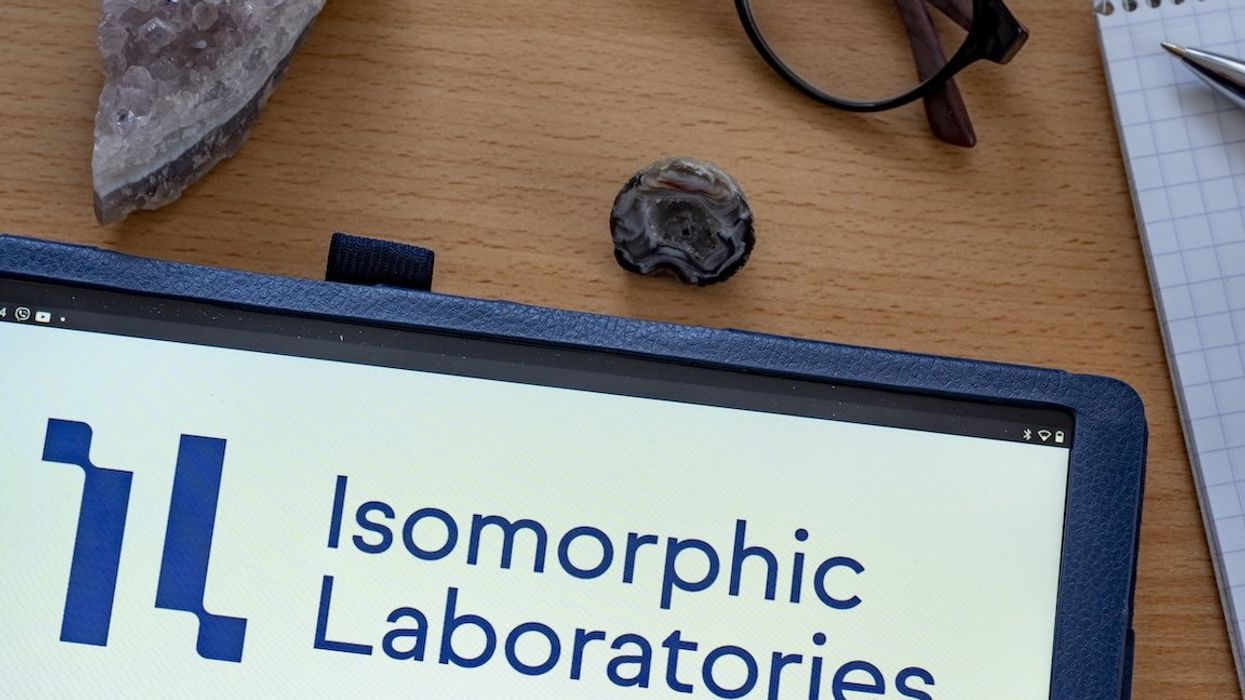56: Most Fortune 500 companies consider artificial intelligence a risk to their business, according to research from the company Arize AI. In their annual reports this year, 56% of the companies studied named AI as a risk factor, a 9% jump from last year. That included Disney, Motorola, Netflix, and Salesforce — and didn’t exclude those looking to integrate or capitalize on AI.
48: An AI-generated song is now number 48 on the German music charts. Josua Waghubinger, who goes by Butterbro, made the song on the AI music generator Udio using a text prompt. The technology is novel, but the lyrics are controversial. Waghubinger has been criticized for portraying harmful stereotypes about immigrants, though others consider it a parody.
7 billion: Water consumption by Virginia data centers used 7 billion liters of water in 2023. Compare that with the 4.3 billion liters used in 2019, and you can see how artificial intelligence is leading to an environmental crisis. Data centers use massive amounts of electricity but also require tons of water to cool them down. Northern Virginia’s “data center alley” used about one-tenth of the 75 billion liters of water used by US data centers in 2023.
80: Researchers in Sweden claim that they’ve been able to predict with 80% accuracy whether children under the age of two will be diagnosed with autism. They’ve collected developmental data from parents of autistic and non-autistic children and identified key markers that correlate with diagnosis, such as the age of a child’s first smile. The researchers warned that the model cannot and should not be used to diagnose autism, but it could be a helpful screening system for toddlers.

